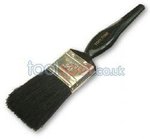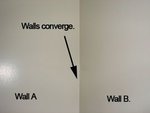FLYBOYJ said:YEP!! As I posted earlier, 9th AF A-20s flew several night missions in Feb 1945, using B-26's as flare planes, an A-26 for target marking, and the A-20s to bomb the objectives. And this aircraft was supposed to be underperforming?? HA!
Come on guys, give him a break. He is the all knowing being remember!



